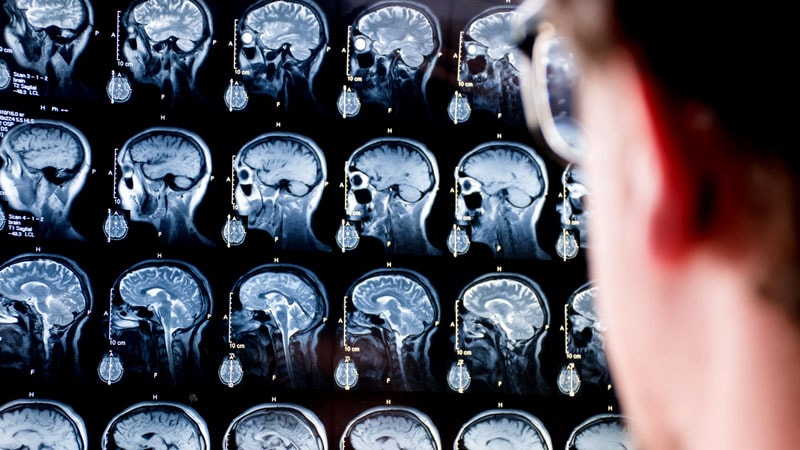
For years, researchers and medical companies have explored low-field MRI systems (those with a magnetic field strength of less than 1 T) — searching for a feasible alternative to the loud, expensive machines requiring special rooms with shielding to block their powerful magnetic field.
Most low-field scanners in development are for brain scans only. In 2022, the US Food and Drug Administration (FDA) cleared the first portable MRI system — Hyperfine's Swoop, designed for use at a patient's bedside — for head and brain scans. But the technology has not been applied to whole-body MRI — until now.
In a new study published this month in Science, researchers from Hong Kong described a whole-body, ultra low–field MRI.
"This is a big breakthrough," said Kevin Sheth, MD, director of the Yale Center for Brain & Mind Health, who was not involved in the study. "It is one of the first, if not the first, demonstrations of low-field MRI imaging for the entire body."
The device uses a 0.05 T magnet — one sixtieth the magnetic field strength of the standard 3 T MRI model common in hospitals today, said lead author Ed Wu, PhD, professor of biomedical engineering at The University of Hong Kong, Hong Kong.
Because the field strength is so low, no protective shielding is needed. Patients and bystanders can safely use smart phones . And the scanner is safe for patients with implanted devices, like a cochlear implant or pacemaker, or any metal on their body or clothes. No hearing protection is required, either, because the machine is so quiet.
If all goes well, the technology could be commercially available in as little as a few years, Wu said.
But first, funding and FDA approval would be needed. "A company is going to have to come along and say, 'This looks fantastic. We're going to commercialize this, and we're going to go through this certification process,'" said Andrew Webb, PhD, professor of radiology and the founding director of the Gorter MRI Center at the Leiden University Medical Center, Leiden, Netherlands. (Webb was not involved in the study.)
Improving Access to MRI
One hope for this technology is to bring MRI to more people worldwide. Africa has less than one MRI scanner per million residents, whereas the United States has about 40.
While a new 3 T machine can cost about $1 million, the low-field version is much cheaper — only about $22,000 in materials cost per scanner, according to Wu.
A low magnetic field means less electricity, too — the machine can be plugged into a standard wall outlet. And because a fully shielded room isn't needed, that could save another $100,000 in materials, Webb said.
Its ease of use could improve accessibility in countries with limited training, Webb pointed out.
"To be a technician is 2-3 years training for a regular MRI machine, a lot of it to do safety, a lot of it to do very subtle planning," said Webb. "These [low-field] systems are much simpler."
Challenges and the Future
The prototype weighs about 1.5 tons or 3000 lb. (A 3 T MRI can weigh between 6 and 13 tons or 12,000 and 26,000 lb.) That might sound like a lot, but it's comparable to a mobile CT scanner, which is designed to be moved from room to room. Plus, "its weight can be substantially reduced if further optimized," Wu said.
One challenge with low-field MRIs is image quality, which tends to be not as clear and detailed as those from high-power machines. To address this, the research team used deep learning (artificial intelligence) to enhance the image quality. "Computing power and large-scale data underpin our success, which tackles the physics and math problems that are traditionally considered intractable in existing MRI methodology," Wu said.
Webb said he was impressed by the image quality shown in the study. They "look much higher quality than you would expect from such a low-field system," he said. Still, only healthy volunteers were scanned. The true test will be using it to view subtle pathologies, Webb said.
That's what Wu and his team are working on now — taking scans to diagnose various medical conditions. His group's brain-only version of the low-field MRI has been used for diagnosis, he noted.
TOP PICKS FOR YOU
"low" - Google News
May 20, 2024 at 01:25PM
https://ift.tt/QVM5tSE
'Big Breakthrough': New Low-Field MRI Is Safer and Easier - Medscape
"low" - Google News
https://ift.tt/KbsXVuG
Bagikan Berita Ini














0 Response to "'Big Breakthrough': New Low-Field MRI Is Safer and Easier - Medscape"
Post a Comment